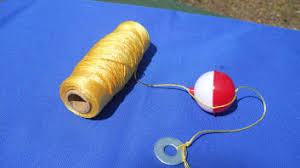Diagnosing problems with a deep-water well can be difficult. Symptoms of a serious problem, like no water in the house, can be caused by either the well or the pump, and sometimes both.
Troubleshooting well problems is also complicated by the fact that almost all the action takes place far underground. Because of this, many diagnoses can’t be entirely confirmed until the well is pulled, but this article will focus on the problem of no water.
Its a bummer. You turn the faucet and nothing comes out. The easiest remedy would be if a tripped circuit breaker was the culprit. You’d be able to simply flip the breaker on again. But generally, no water means well problems or pump problems.
Well issues are centered around lack of water, usually caused by the time of year. Late summer is most common. Overuse is typical in spring and summer, and it can eventually draw down the water table so that it falls below the depth of the pump. In most cases, the well will be replenished if you reduce water usage for a few days.
 The most economical way to fix this problem is to lower the pump deeper into the well. This is done by installing additional water pipe at the top of the well, which will lower the pump enough to be submerged in water. Once the pump is immersed, reconnect everything and make sure the system is working properly.
The most economical way to fix this problem is to lower the pump deeper into the well. This is done by installing additional water pipe at the top of the well, which will lower the pump enough to be submerged in water. Once the pump is immersed, reconnect everything and make sure the system is working properly.
The water depth in a well does fluctuate, and you can chart this by doing a simple test. Just lower a fishing line, with a bobber attached to the bottom, into the well. When the bobber hits the water, mark the line. Then pull it up and measure the distance between the bobber and the mark. Do this several times a week for 2 weeks to get a sense of how the well behaves.
